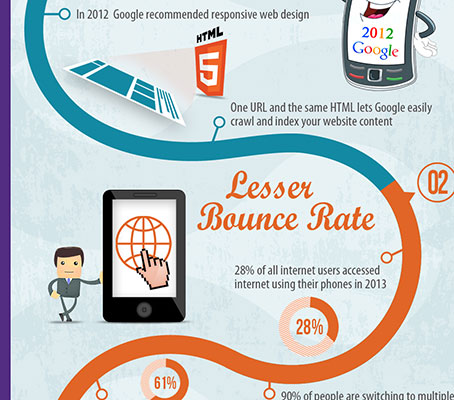Crafting A User-Friendly Web Site: Strategies And Methods For Web Design Success
Crafting A User-Friendly Web Site: Strategies And Methods For Web Design Success
Blog Article
Writer-Dominguez Geertsen
Master the art of website design by concentrating on user experience. just click the following post navigating and go with mobile optimization to improve the surfing experience. Make sure very easy navigation with clear headings and attractive visuals. Prioritize mobile responsiveness for a regular user experience. By incorporating these necessary design principles, you can create an easy to use site that captivates site visitors.
Essential Layout Principles
When making a site, prioritize user experience most of all else. Your major goal should be to produce a seamless and delightful experience for your visitors. Start by making certain that your web site is simple to navigate. Usage clear headings, organized menus, and instinctive switches to direct individuals via your web content easily. Remember, simpleness is vital. Avoid jumbling your pages with unnecessary elements that can bewilder or puzzle your audience.
One more crucial layout principle is to make certain your site is aesthetically attractive. Select a natural color design, high-quality images, and understandable font styles to boost the overall look of your site. Consistency is important in establishing a strong brand name identification and making your web site much more unforgettable to individuals.
In addition, prioritize mobile responsiveness. With even more people surfing the web on their smart devices and tablets, it's crucial that your website looks and operates well on all gadgets. Test your website on different display dimensions to make certain a seamless experience for all users. By focusing on these vital design concepts, you can develop a straightforward site that keeps site visitors coming back for even more.
User-Focused Navigating
To enhance customer involvement and simplify their searching experience, focus on creating intuitive navigation pathways that guide site visitors effortlessly via your web site. Clear and well-organized navigation is important for aiding individuals find the information they need swiftly and efficiently. Start by maintaining your food selection structure simple and understandable. Usage detailed labels that plainly indicate what web content can be discovered under each food selection choice. Furthermore, think about implementing dropdown menus for subcategories to avoid overcrowding the primary navigation bar.
One more crucial facet of user-focused navigation is making use of breadcrumbs. Breadcrumbs are a secondary navigating aid that shows individuals their present location on the web site and permits them to easily navigate back to previous pages. This attribute is particularly helpful for customers that enter your website through a deep link or an internet search engine result.
Furthermore, integrating search capability prominently on your site can better boost individual navigation. A search bar allows customers to rapidly discover specific material without needing to click with numerous pages. Make sure that your search bar is easily visible and obtainable on every web page of your website for maximum usability. By prioritizing user-focused navigating strategies, you can produce a much more intuitive and delightful browsing experience for your site visitors.
Mobile Optimization Techniques
Take into consideration maximizing your internet site for mobile devices to ensure a seamless customer experience across various screen sizes. Mobile optimization is crucial in today's electronic landscape where a significant section of net browsing occurs on mobile phones and tablet computers.
To improve mobile functionality, start by applying responsive style strategies. This approach enables your site to adapt to different screen measurements, maintaining functionality and looks.
Concentrate on optimizing filling times for mobile users. Slow-loading websites can prevent visitors and effect your online search engine rankings. Compress pictures, decrease HTTP requests, and take advantage of web browser caching to improve loading rate. Additionally, prioritize web content power structure for mobile display screens. Guarantee that vital information is plainly shown, and navigation is instinctive, promoting easy access to key sections.
Use touch-friendly components such as larger buttons and streamlined forms to facilitate interaction on mobile phones. Conduct extensive screening throughout different mobile systems to identify and rectify any type of usability problems.
Final thought
In conclusion, understanding the art of website design is important for creating an easy to use web site. By incorporating important style principles, user-focused navigating, and mobile optimization strategies, you can guarantee a seamless and enjoyable experience for your visitors.
For instance, a local bakeshop saw a 30% increase in online orders after overhauling their internet site to be much more straightforward and mobile-responsive. Bear in mind, a well-designed site can make all the distinction in bring in and retaining clients.
